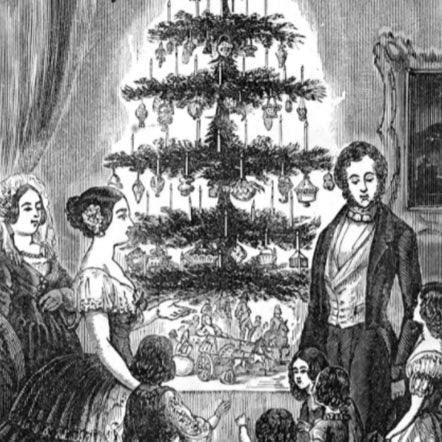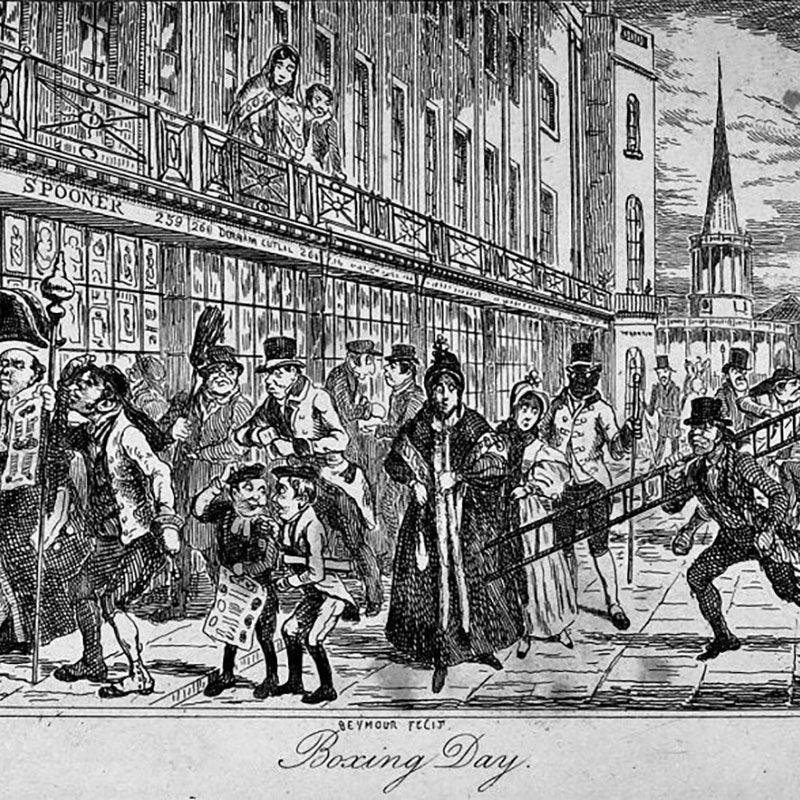A Short History of Ice Skating

For those of you who are eagle-eyed, you may have noticed Netflix recently added Little Women to its selection of period dramas. The film is based on the novel of the same title by Louisa May Alcott, written in 1868 and set in Massachusetts. We mention this film because there is a scene in which the protagonist Jo goes ice skating on a frozen river with her closest and most trusted friend, Laurie. Lots of people like to go ice skating around this time of year, enjoying the opportunity it offers to get all wrapped up and feel a little festive. The film got us thinking about the origins of ice skating and how it has changed over the years, from a precarious adventure to a safe endeavour.
Ice skating has been a means of human transportation for thousands of years, appearing somewhere between four thousand and five thousand years ago. Rather than being an activity done for leisure, ice skating was first used as a way to make travelling across the landscape of cold climates areas easier. A very interesting study conducted by Federico Formenti and Alberto E. Minetti calculated that ice skating across a frozen river could save up to ten percent of energy when compared to walking.
It is thought ice skating was first introduced to the aristocracy in Britain through James II in the late seventeenth-century. A little prior to its formal introduction, Samuel Pepys wrote in his diary that he had danced on the ice during the hard winter of 1662. Whereas ice skating had been taken up as a necessary form of travel in extremely cold climates, we can begin to see it develop as a form of entertainment in seventeenth century Britain.
The first-ever skating club was reportedly opened in Edinburgh in 1742 and the oldest surviving book on figure skating, 'Treatise on Skating', was written in 1772 by Robert Jones. In the late eighteenth and early nineteenth century, it was common to find skaters on the Serpentine River, a recreational lake in Hyde Park. John Feltham, who wrote his 'Picture of London' in 1810, stated "In time of frost... the Canal in St. James' Park, and the Serpentine River...are covered with skaiters". Although it was more common to find men ice skating than women, there is evidence to suggest that women were permitted to ice skate. A newspaper article published in The Morning Post on the 19th January 1810 stated that "the gentlemen were decidedly excelled by the lady, who cut out the letters O.P with a precision and neatness truly astonishing".
The first indoor ice skating rink was opened in France in 1876 and caused a great deal of mania with wealthy Parisians. This ice rink marked the first time that real ice had been used in an indoor skating venue in Europe, making ice skating available all year round.
If this blog has got you feeling festive, why not take a look at our collection of Jane Austen Christmas Gifts. Although we cannot quite sell you an ice rink, we can certainly help bring a little Regency cheer to your festivities this year!
If you don't want to miss a beat when it comes to Jane Austen, make sure you are signed up to the Jane Austen newsletter for exclusive updates and discounts from our Online Gift Shop.




Leave a comment
This site is protected by hCaptcha and the hCaptcha Privacy Policy and Terms of Service apply.